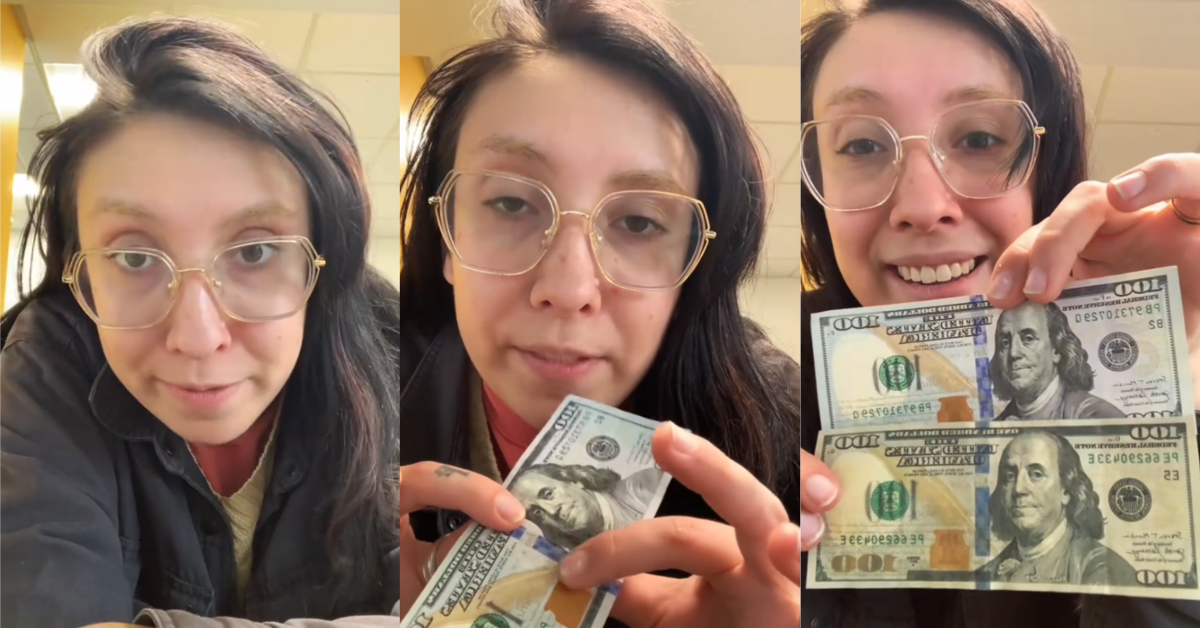Browse the Market: Procure Funny Money to buy with Confidence
Browse the Market: Procure Funny Money to buy with Confidence
Blog Article
Check Out the Uses of copyright Money in Artistic Creations and Theatrical Performances
copyright cash, typically synonymous with deception and outrage, holds a peculiar appeal when it locates its way into the realm of artistic developments and theatrical performances. As we delve into the diverse uses of phony cash in these creative domains, we begin to discover a globe where authenticity and imitation blur, triggering us to examine the very nature of value and depiction within art and efficiency.

Historic Significance of Funny Money in Art
The historic relevance of funny money in art is a facility and intriguing topic that clarifies the crossway of imagination, subversion, and socio-political discourse. Throughout history, artists have utilized copyright money as a tool for tough societal norms, examining the worth of money, and making effective statements regarding riches and power.
Among the most noteworthy examples of copyright cash in art days back to the Dada movement of the early 20th century - copyright money for sale. Artists such as Marcel Duchamp and Hannah Höch integrated copyright into their jobs to slam the capitalist system and check out the concept of value in a quickly changing world
Additionally, during times of economic instability or political turmoil, copyright cash has actually been used by artists as a form of demonstration or rebellion. By producing and circulating phony currency, artists have had the ability to disrupt the standing quo, difficulty authority, and prompt important conversations about the function of money in culture.
Effect of Imitation Currency on Visual Arts
By integrating phony money into their works, musicians prompt conversations on the nature of worth, credibility, and social assumptions of wealth. The use of copyright in art also raises honest factors to consider pertaining to the boundaries of artistic expression and the ramifications of duplicating legal tender. In general, the influence of phony money on visual arts is diverse, promoting important representations on the crossway of cash, art, and social worths.
Meaning and Significance in Theatrical Fake Displays
Using theatrical fake screens, artists employ symbolic depictions to communicate much deeper significances and stimulate thought-provoking analyses within the realm of efficiency art. With the consolidation of funny money in staged productions, designers can explore motifs such as greed, power, corruption, and the illusion of wealth. Making use of phony money on stage can act as a metaphor for societal issues, financial variations, and the frailty of economic systems.
In staged performances, the symbolic value of funny money extends past its monetary worth. It can signify the deceitful nature of looks, the search of materialistic needs, and the repercussions of unethical behavior. By using funny money as a prop, musicians can challenge target markets to examine real meaning of wide range and the ethical limits that individuals might cross in its search.
Ethical Factors To Consider in Utilizing Funny Money for Art

One major moral factor to consider is the potential legal consequences of utilizing funny money in art. Counterfeiting currency is prohibited in a lot of nations and can cause serious repercussions for musicians who knowingly integrate fake costs right into their job. copyright money for sale. This not just places the artist at danger but likewise elevates concerns regarding promoting unlawful tasks with art
Furthermore, there is an honest issue relating to the authenticity of the artwork itself. Using funny money obscures useful site the line between reality and imitation, potentially deceiving viewers and compromising the honesty of the creative piece. Artists should consider whether using copyright aligns with their values and imaginative objectives, evaluating the potential influence on their online reputation and reputation.
Future Patterns in copyright Cash Combination
Thinking about the developing landscape of imaginative expression, the incorporation of copyright cash in innovative works may witness a change in the direction of provocative and innovative methods. As artists continue to press limits and check out new tools, funny money can significantly be utilized to challenge social norms, examine the value of money, or make effective declarations regarding wealth and consumerism.
One future trend in copyright money integration could be its usage in immersive art installations where target markets are encouraged to interact with the items, obscuring the lines between fact and illusion. over here In addition, innovations in innovation may cause the creation of hyper-realistic copyright cash that is essentially identical from real currency, opening up opportunities for even more intricate and in-depth art work.
In addition, partnerships between artists and counterfeiters could lead to special items that integrate typical artistic methods with the craftsmanship of producing funny money. Nevertheless, moral factors to consider bordering the legitimacy and morality of using funny money in art will certainly remain to be a point of opinion as these future trends unfold.
Verdict
To conclude, making uses of copyright learn the facts here now cash in imaginative productions and staged efficiencies have a long background and remain to be a source of ideas for musicians. From its historic value to its influence on aesthetic arts and symbolism in staged displays, funny money plays a distinct function in the art globe. Nevertheless, ethical factors to consider have to be taken right into account when making use of funny money for imaginative purposes. The integration of copyright cash in art is most likely to proceed advancing in the future.
Overall, the influence of copyright currency on aesthetic arts is complex, promoting crucial representations on the junction of money, art, and societal worths.

In conclusion, the uses of copyright money in imaginative creations and staged performances have a lengthy background and proceed to be a source of inspiration for musicians. Honest factors to consider must be taken into account when utilizing phony cash for innovative objectives. The integration of imitation cash in art is most likely to proceed evolving in the future.
Report this page